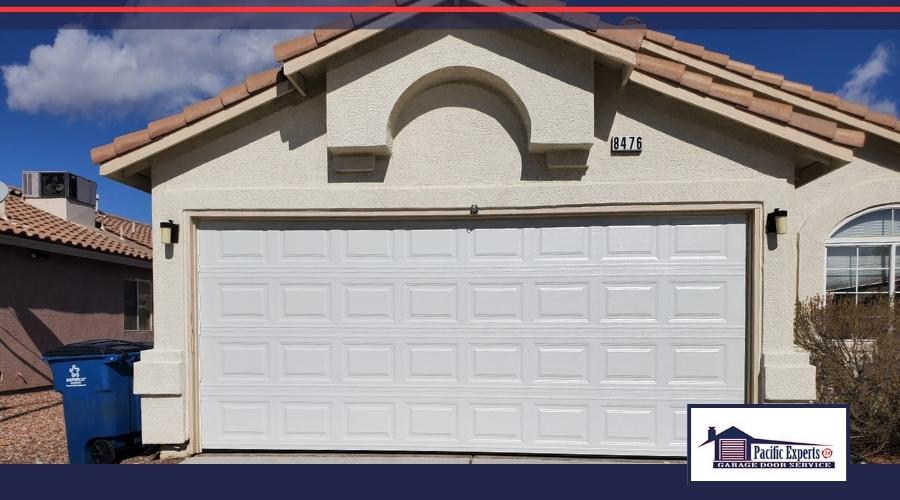Different Types of Garage Door Springs –
Garage door springs are integral to the operation of your garage door, providing the necessary tension and balance to lift and lower the door smoothly. Understanding the different types of garage door springs can help you better maintain your garage door system and ensure its longevity. At Pacific Experts, a trusted garage door repair company in Las Vegas, we aim to educate our customers on the various types of springs and how to identify them. This knowledge can assist in diagnosing issues and understanding the repair process when professional assistance is needed.
1. Torsion Springs
Torsion springs are the most common type of garage door springs found in modern garage doors. They are typically mounted horizontally above the garage door opening. These springs work by twisting and coiling on a shaft as the door opens and closes, providing a counterbalance to the weight of the door.
Identification:
– Location: Torsion springs are mounted on a metal shaft above the garage door.
– Appearance: They are usually tightly wound, coiled springs.
– Function: Torsion springs wind and unwind to lift and lower the garage door.
Subtypes:
– Standard Torsion Springs: Used in residential garage doors, these springs are designed for medium-duty cycles.
– EZ-Set Torsion Springs: These are easier to install and adjust, often found in lighter residential garage doors.
– TorqueMaster Torsion Springs: Enclosed within a tube, these springs offer a cleaner look and increased safety.
2. Extension Springs
Extension springs are another common type of garage door springs, especially in older garage door systems. They are typically mounted on either side of the garage door and extend when the door is in motion, providing the necessary tension to lift and lower the door.
Identification:
– Location: Extension springs are mounted on either side of the garage door track.
– Appearance: These springs are long and stretch as the door moves.
– Function: Extension springs extend and contract to counterbalance the weight of the door.
Subtypes:
– Open-Looped Extension Springs: These springs have an open loop at the end, which is easier to replace but less durable.
– Double-Looped Extension Springs: Featuring two coils at the end, these springs offer increased durability.
– Clipped-End Extension Springs: The most durable type, designed for heavier garage doors and higher cycle counts.
3. Wayne Dalton TorqueMaster Springs
TorqueMaster springs are a unique type of torsion spring system developed by Wayne Dalton. Unlike traditional torsion springs, TorqueMaster springs are enclosed within a steel tube, enhancing safety and providing a neater appearance.
Identification:
– Location: Enclosed within a tube above the garage door.
– Appearance: Not visible externally, as they are housed within the tube.
– Function: Operate similarly to torsion springs but offer added safety features.
4. Commercial and Specialty Springs
In addition to residential springs, there are also specialized springs used in commercial and industrial garage doors. These springs are designed for higher cycle counts and heavier doors, ensuring durability and performance in demanding environments.
Identification:
– Location: Depending on the door system, these springs can be mounted similarly to residential torsion or extension springs.
– Appearance: Often larger and more robust compared to residential springs.
– Function: Engineered to handle heavier loads and more frequent use.
Identifying the type of garage door springs in your system is crucial for proper maintenance and repair. At Pacific Experts in Las Vegas, we are dedicated to providing comprehensive garage door services, including the repair and replacement of all types of springs. If you are experiencing issues with your garage door springs or simply want to ensure they are in optimal condition, our team of experienced professionals is here to help. Contact us today to schedule an inspection and let Pacific Experts ensure the smooth and safe operation of your garage door system.


